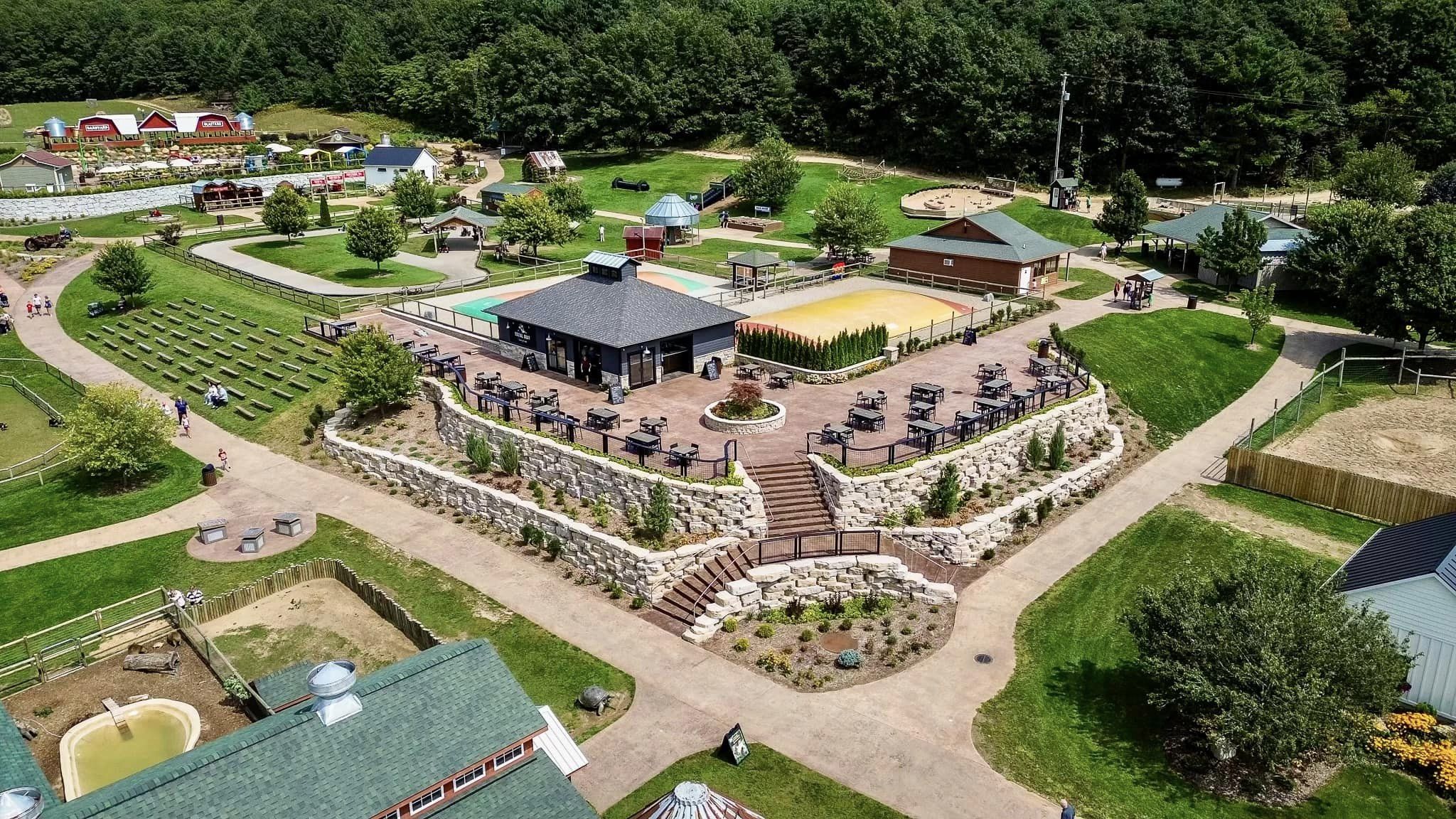
Achieving Harmony: Integrating Softscaping with Hardscaping Jul 17, 2025
When planning a landscape project, it is crucial first to understand the differences between softscaping and hardscaping. Softscaping refers to all the living components in your garden, such as trees, shrubs, flowers, and grass. These elements bring life, color, and texture to your garden, making it vibrant and dynamic. Conversely, hardscaping includes the non-living features like patios, paths, walls, and water features. These offer structure, support, and focus to a landscape, often dictating how you navigate and use the space.
The beauty of merging these two elements lies in their ability to complement and enhance each other when properly integrated. Begin with a plan that considers both your aesthetic desires and functional needs. Think about how you wish to use the space. Are you looking for a tranquil escape, a place to entertain, or a play area for children? Knowing the purpose of the area will guide your selection of both hardscape and softscape features.
Design with balance in mind. The objective is to ensure neither element overwhelms the space. For instance, while a large patio might provide ample gathering space, surrounding it with lush greenery and floral borders softens its visual impact, creating a more welcoming atmosphere. Similarly, a pathway bordered by clusters of perennial flowers can guide guests and provide an ongoing display of color and life.
Additionally, consider the interplay between vertical and horizontal elements. Tall, structured trees can serve as a natural privacy screen, while low hardscape elements such as low walls or raised beds can divide space without obstructing views. This vertical diversity will add layers and depth to your landscape design.
The choice of materials is another critical aspect of integrating hardscaping with softscaping successfully. At Greenscape Lawns, they often recommend using materials that harmonize with the existing environment. Natural stone, for instance, can blend seamlessly with the organic feel of a garden. Moreover, using materials that alter with weather conditions, like a wooden pergola where vines can climb and expand, can mesh beautifully with softer elements, creating a live, changing picture.
Remember to incorporate sustainable practices whenever possible. Softscaping offers opportunities for eco-friendly gardening through the use of native plants that require less water and attract pollinators. For hardscaping, choosing permeable materials can help manage water runoff and minimize environmental impact.
As you work towards creating your ideal outdoor space, keep maintenance in mind. Choose softscape elements that match your commitment to garden care, as some plants may require more attention than others. Similarly, ensure hardscape elements are constructed from durable and low-maintenance materials to withstand weathering over time.
In conclusion, achieving the perfect harmony between softscaping and hardscaping isn't merely about aesthetics; it's about creating an outdoor environment that responds to your lifestyle. The experts at Greenscape Lawns are here to help you navigate the intricate balance of living and non-living elements, ensuring your outdoor retreat is both beautiful and functional for years to come.
/filters:no_upscale()/media/2b3c6727-9d53-4ceb-8adc-7b12740432c1.jpeg)